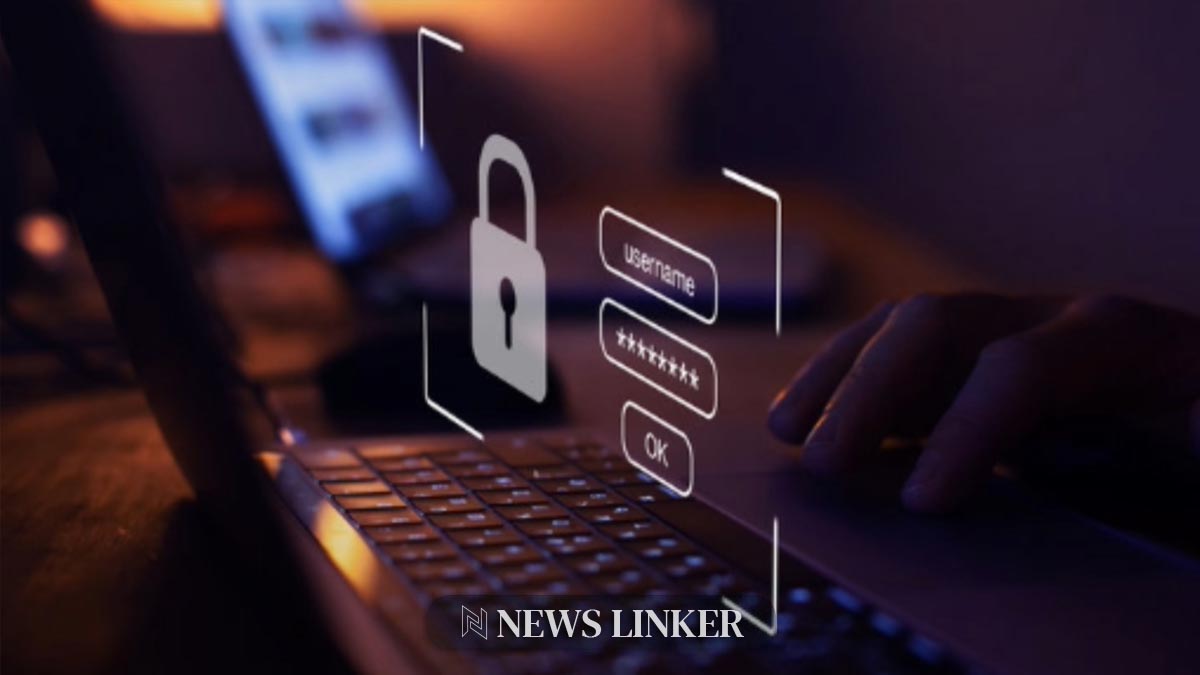The Internet Archive, a crucial digital library safeguarding vast amounts of web content, encountered a major Distributed Denial of Service (DDoS) attack on May 27, 2024, causing significant service disruptions. Users were frustrated and concerned about the unavailability of essential services. The incident emphasized the vulnerability of even large digital platforms to cyber threats and highlighted the importance of robust cybersecurity measures.
Internet Archive Overview
The Internet Archive is a non-profit digital library founded in 1996 and based in San Francisco, California. Its mission is to provide “universal access to all knowledge.” Among its most notable features is the Wayback Machine, which allows users to see archived versions of web pages. Over the years, it has digitized millions of books, videos, audio files, and web pages, making it an invaluable resource for researchers, historians, and the general public. The organization continually updates its collections, ensuring that even the most obscure digital artifacts are preserved for future generations.
The DDoS attack on May 27 led to the temporary unavailability of most services provided by the Internet Archive, though the data remained secure. This situation was communicated to the public via the Archive’s social media platforms, causing widespread concern among users. The attack involved an intense “back and forth battle” with the perpetrators, requiring continuous adjustments from the Archive’s technical team to mitigate its effects.
Impact on Users
Users reported difficulties accessing the Internet Archive’s services, which include the Wayback Machine. This tool is essential for retrieving archived web pages, making its temporary unavailability particularly frustrating for those who rely on it for research and digital preservation. Despite the intense challenges, the Internet Archive’s team made significant progress in restoring services within a few hours, showcasing their preparedness and resilience.
The incident drew widespread criticism and concern from various online communities, with many likening the attack to “setting fire to a library.” This metaphor underscores the value of the Internet Archive in preserving digital history and the profound impact such disruptions can have on access to information. The motives behind the attack remain speculative, with theories ranging from attempts to censor or destroy digital records to random acts by individuals testing their capabilities.
Key Inferences
- Even well-resourced digital platforms are vulnerable to cyberattacks.
- The Internet Archive’s services, especially the Wayback Machine, are vital for digital preservation.
- Effective response and resilience strategies are crucial during cyber incidents.
Speculating on the potential motives behind the attack, some believe it could be an effort to censor or destroy digital records, while others think it might be random individuals testing their capabilities. This ambiguity adds to the complexity of securing digital archives, a task that becomes more challenging as cyber threats evolve. The attack serves as a stark reminder of the fragility of digital repositories, regardless of their size or resources.
Events like this highlight the critical nature of cybersecurity in preserving digital history. The Internet Archive’s experience underscores the need for ongoing investment in cybersecurity measures and the importance of rapid response protocols. As digital archives continue to grow, safeguarding these repositories from cyber threats becomes more vital than ever.










